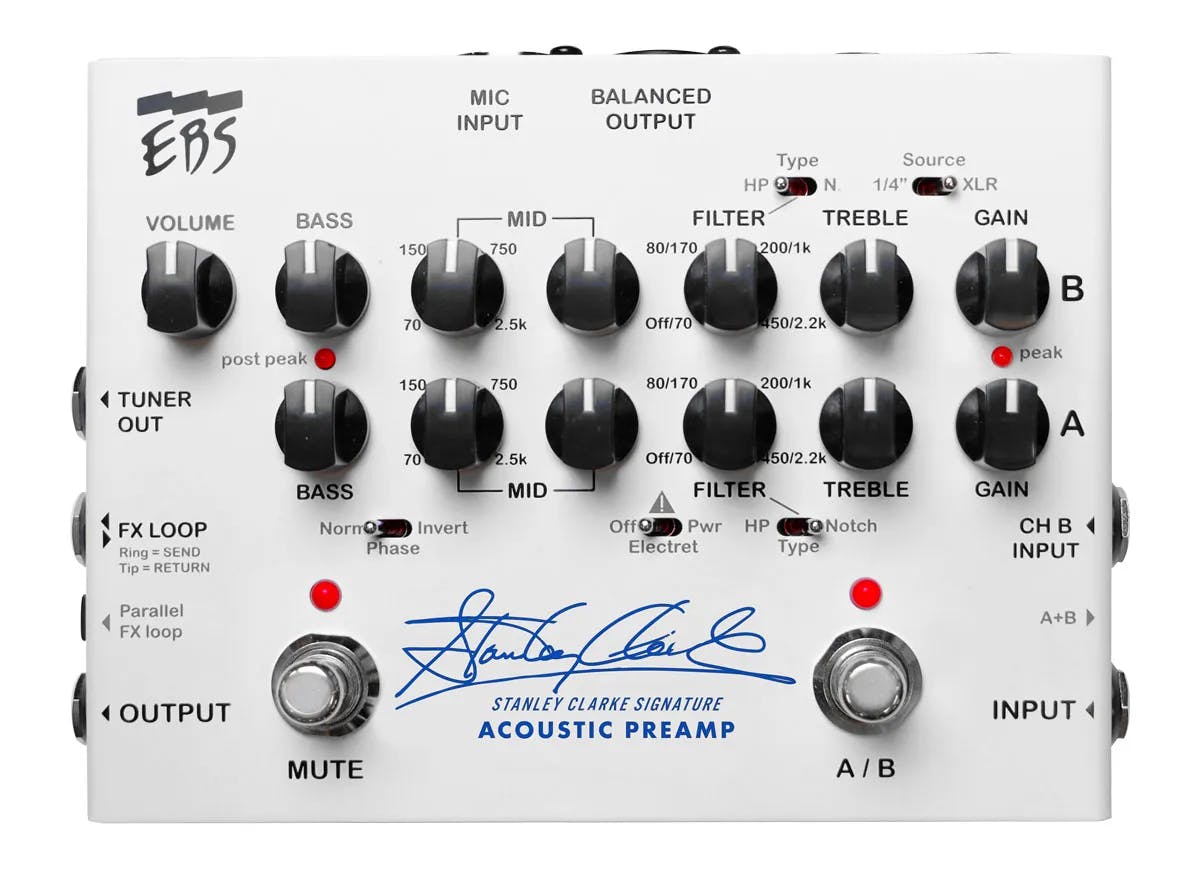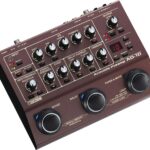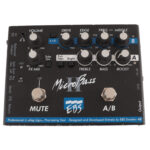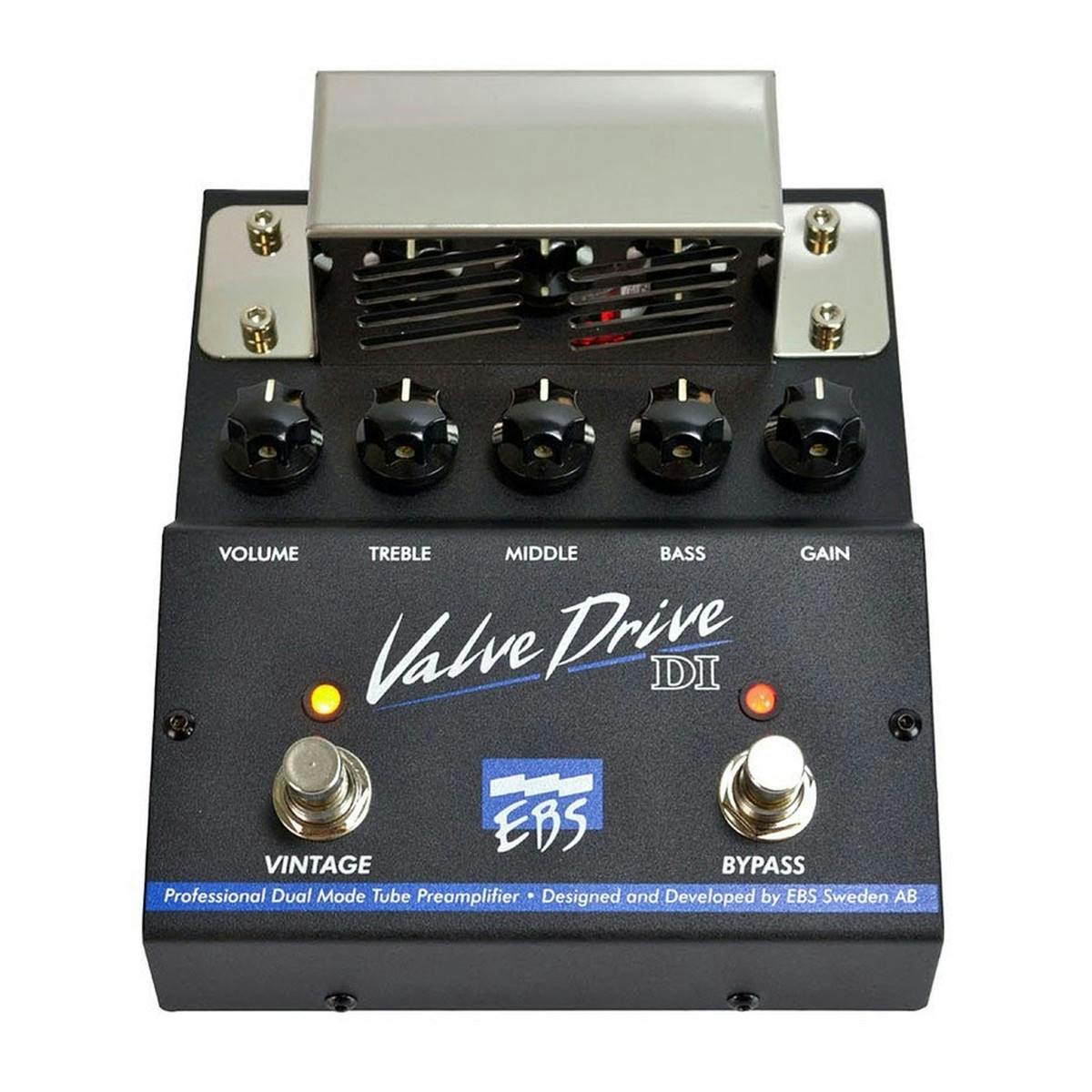Tasty Pedals made by EBS
EBS is a Swedish company specializing in high-quality bass amplification and effects pedals. Founded in 1988 by Bo Engberg and Mats Kristoffersson, EBS quickly became a respected name in the world of bass equipment, known for its robust, reliable products that cater specifically to the needs of bassists. EBS offers a wide range of products, including bass amplifiers, cabinets, and effects pedals, all designed to deliver clear, punchy, and powerful bass tones. Their pedals cover various effects, such as compressors, overdrives, choruses, and envelope filters, and are praised for their studio-quality sound and durable construction. EBS gear is widely used by professional bass players across various genres, from jazz and funk to rock and metal, making it a trusted brand in the bass community.
Just Pedal Ingredients.
Acoustic —
Acoustic guitar effects are used to modify and enhance the natural sound of an acoustic guitar, offering a range of tonal possibilities beyond its traditional, unaltered sound.
These effects can be applied using pedals, multi-effects processors, or built-in effects units in amplifiers, allowing acoustic guitarists to explore a broader sonic palette and tailor their sound to fit different musical contexts
.
Pedal — Your pedal is like a signature dish for your sound — a flavour-packed creation that transforms the bland ingredients of your guitar into something unforgettable. Each one adds its own seasoning, texture, and heat, turning a simple meal into a feast of tone.
These tasty little boxes sit in a row, like plates on a buffet, letting you mix and match flavours as you play. With one tap of your foot, you can swap sweet for spicy, subtle for smoky, and serve up something completely new. From the comfort food of warm overdrive to the fiery kick of fuzz, from smooth jazz sauce to heavy-metal spice, pedals give players a full menu of options to express their taste. And just like with food — once you’ve tried one dish, you’ll want to sample them all.
Collecting, trading, and discovering new flavours soon becomes part of the joy of being a tone-loving gourmet geek with a guitar..
Preamp — A preamp pedal shapes and boosts your guitar’s signal before it reaches your amp or recording interface, giving you control over tone, gain, and headroom. It acts as the first stage of amplification, adding warmth, clarity, and character while preparing your signal for the next part of the chain. Some preamps emulate the response of classic valve circuits, while others offer clean, transparent tone shaping ideal for acoustic instruments or direct recording setups.
Used on its own, a preamp pedal can serve as the foundation of your tone, providing a consistent core sound wherever you play. When combined with other effects, it enhances dynamics and helps each pedal sound more defined and natural. Whether you’re looking to push your amp harder, bring life to a dull signal, or refine your sound for the studio, a good preamp pedal adds presence, punch, and musicality to any rig..








